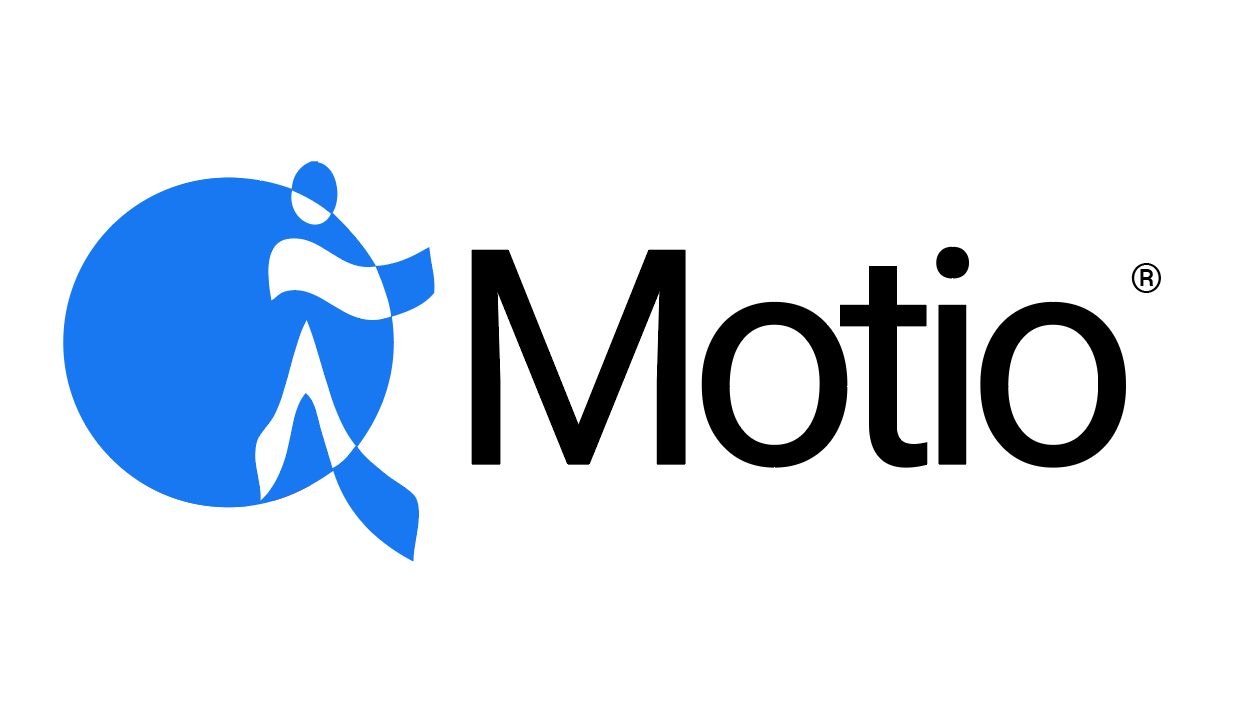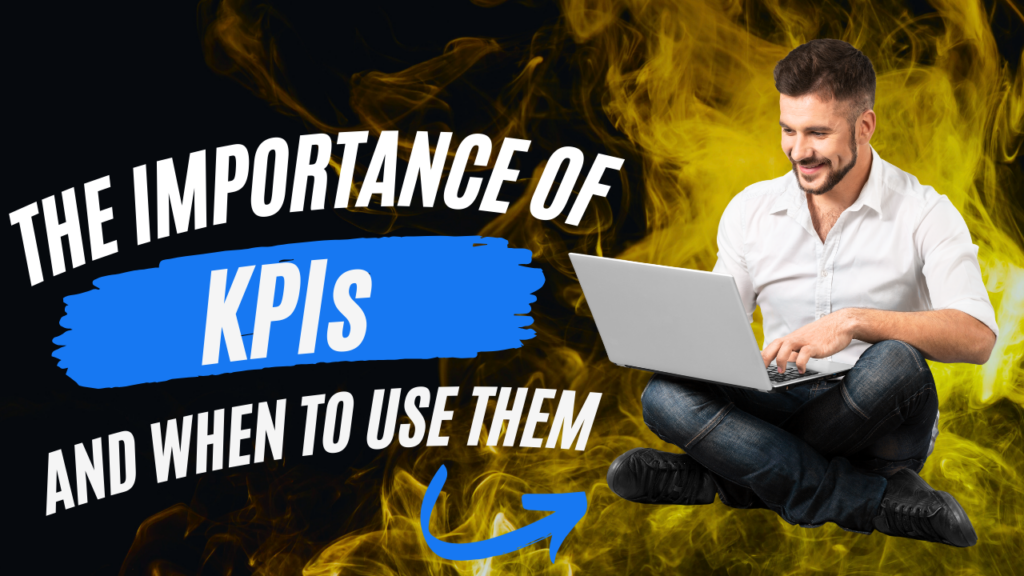In this 2-part series, the importance of BI tools and their impact from a Human Resources perspective and a Business perspective will be explored. But before we get to the nitty gritty, where does your team fall on IBM’s spectrum of Business Intelligence mastery?
- Novice Stage
- Builder Stage
- Leader Stage
- Master Stage
Imagine going from your first days of school as a young child, to finishing your last day of high school and perhaps your last day of college. In that time period, your knowledge advanced rapidly. To keep up with and nurture that knowledge growth, you needed more advanced resources to propel you through school successfully: more complex books, more difficult classes with teachers or professors that challenged you increasingly every day, and in many cases specialized software. In Business Intelligence, organizations follow a similar path as their BI implementations and procedures mature, starting with the Novice Stage.
Novice Stage
Companies may start their first months or years in Business Intelligence with nothing more than Excel spreadsheets or a small homegrown query program to be able to make important business decisions. This stage in a  company’s BI is tough since it doesn’t allow for rapid information sharing to various stakeholders in the organization, but it does leave room for growth.
company’s BI is tough since it doesn’t allow for rapid information sharing to various stakeholders in the organization, but it does leave room for growth.
According to IBM, 5% of companies fall into the Novice Stage of the analytics maturity model. If you can relate to some of the following pain points, then this might be where your company resides right now:
- Documentation of historical information isn’t straight forward
- Little collaboration between teams
- Reporting takes a day or more to run
- Significant delays in relaying information to those making business decisions
- Inefficiencies in data or versions of data
- Spreadsheets – spreadsheets everywhere!
A huge fan of Excel myself, I do enjoy a nice daily session of Excel and using its robust capabilities for data analytics. Unfortunately, important business decisions these days do not allow and cannot sustainably rely on information that takes days or weeks to receive – organizations today must be able to respond to changes and fluctuations as quickly as they can to be successful. If you fall into this stage, don’t fret! IBM can take you to the next stage – the Builder stage.
Builder Stage
The Builder Stage is not difficult to achieve when IBM comes into the picture. Implementing a business intelligence tool like IBM Cognos not only sets the stage for improved analytics, but allows the BI team to deliver  an outstanding performance, allowing more reliable and accurate information to spread faster across the organization. IBM estimates that 60% of BI teams fall into this stage. Although an improvement beyond the Novice stage, there are still pain points that become daunting on BI admins in this stage. BI teams who have implemented IBM Cognos might relate to the following:
an outstanding performance, allowing more reliable and accurate information to spread faster across the organization. IBM estimates that 60% of BI teams fall into this stage. Although an improvement beyond the Novice stage, there are still pain points that become daunting on BI admins in this stage. BI teams who have implemented IBM Cognos might relate to the following:
- Faster reporting across the organization, but still limited ways of documenting historical information
- Better collaboration between teams, but no way to keep track of what changes are being made, why, when, and by who
- Faster ways of relaying information to external departments, but tedious maintenance when changes or problems occur, delaying reporting
- More efficient data generally, but the inability to fully test every report for optimal reliability
- BI Admins are still swamped with different manual tasks, and at times working through the night
I’ve been there too – and for BI Admins, the expectation is to be the jack of all trades and master of all. Though these are fantastic members of the team, they are still hit hard by spending time on manual activities that they’d rather not be doing. Frank to say, I know, but we’ll get to the HR impact later in the series. This stage is still not optimal – so how does an organization advance another level?
Leader Stage
With tools like IBM Cognos SPSS, IBM will help your organization pave the path to the Leader Stage to grow to the 21% in this category, where highly competitive organizations use predictive analytics to reach strategic business  goals even more accurately and reliably. For the most forward looking BI teams in this stage, SPSS is combined with the modeling and analysis capabilities of IBM Cognos TM1. These BI environments are typically more robust and integrated, with in depth analysis and reporting creating insights and forecasts widespread across the company. If your organization is in the leader stage, you might find:
goals even more accurately and reliably. For the most forward looking BI teams in this stage, SPSS is combined with the modeling and analysis capabilities of IBM Cognos TM1. These BI environments are typically more robust and integrated, with in depth analysis and reporting creating insights and forecasts widespread across the company. If your organization is in the leader stage, you might find:
- Rapid reporting across the organization, with limited ways to document historical information.
- Great collaboration between teams, with limited ways to keep track of what changes are being made, why, when, and by whom
- Information delivery is highly streamlined to external departments, with tedious maintenance when changes or problems occur, delaying reporting
- Much more efficient data, with ability to fully test although the testing is still largely manual
- BI Admins are still swamped with different manual tasks, and at times, working through the night
You might notice that there are a few lingering problems between the Builder and Leader stages, which is quite common. BI teams in the Leader Stage still have issues with manual tasks and it’s something that can plague them daily, even if it isn’t necessarily vocalized. Why? Some BI teams don’t know that there is a solution or perhaps aren’t afforded the opportunity or time to seek one out. So what does this Master Stage look like and how can you get there?
Master Stage
Motio can actually step in at the Builder Stage, when a business intelligence platform is first implemented, to help you propel to the Master Stage even faster. MotioPI and MotioCI take care of many of the manual hardships that BI Admins face every day throughout the entire BI lifecycle, and we LOVE watching teams automating their tasks and problem solving more quickly. IBM offers even more analytics options and workshops to get to the Master Stage – the ultimate stage in IBM’s AQ Maturity Model where the remaining 9% of companies reside. If your organization can relate to these, it might be in the Master Stage:
- Rapid and automated reporting across the organization
- Seamless collaboration between teams with automated historical records
- Information delivery is highly streamlined to external departments with very limited maintenance when changes or problems occur, minimally delaying reporting
- Accurate data with data governance in place
- BI Admins wear many hats and stay very busy, but are not inundated with a high amount of manual tasks
Now that you have an idea of where your BI team falls, how do you justify the value of moving up to another stage? What do these tools do for your entire BI team and how does that really impact the business from a Human Resources perspective? Ah, I knew you would be curious!
We’ll answer these questions in part 2 of the series. In the meantime, contact us to discuss how we help organizations advance through the AQ maturity stages.







